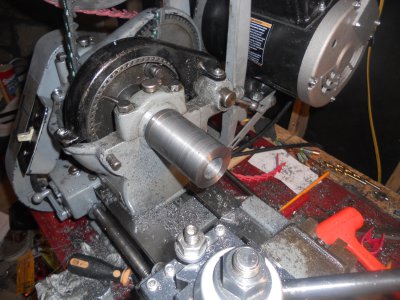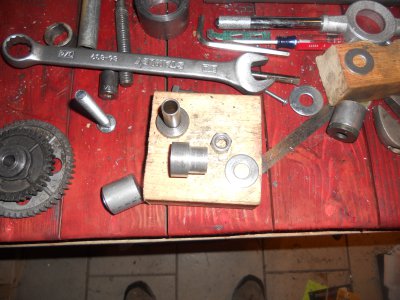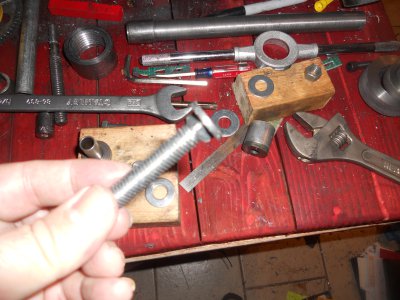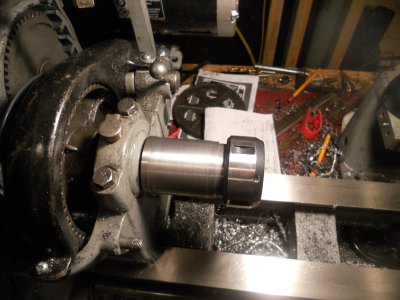Here is another option that has worked for me when cutting internal threads to a shoulder. Make your relief cut say .060 or whatever
width you're comfortable with and set a dial indicator at 0 just where the threading tool enters the relief cut. That way you know exactly
where the bit is in relation to the relief cut and have time to disengage the half nuts. You can then back off the carriage and withdraw the
tool. Hope this makes sense and will help.
width you're comfortable with and set a dial indicator at 0 just where the threading tool enters the relief cut. That way you know exactly
where the bit is in relation to the relief cut and have time to disengage the half nuts. You can then back off the carriage and withdraw the
tool. Hope this makes sense and will help.





